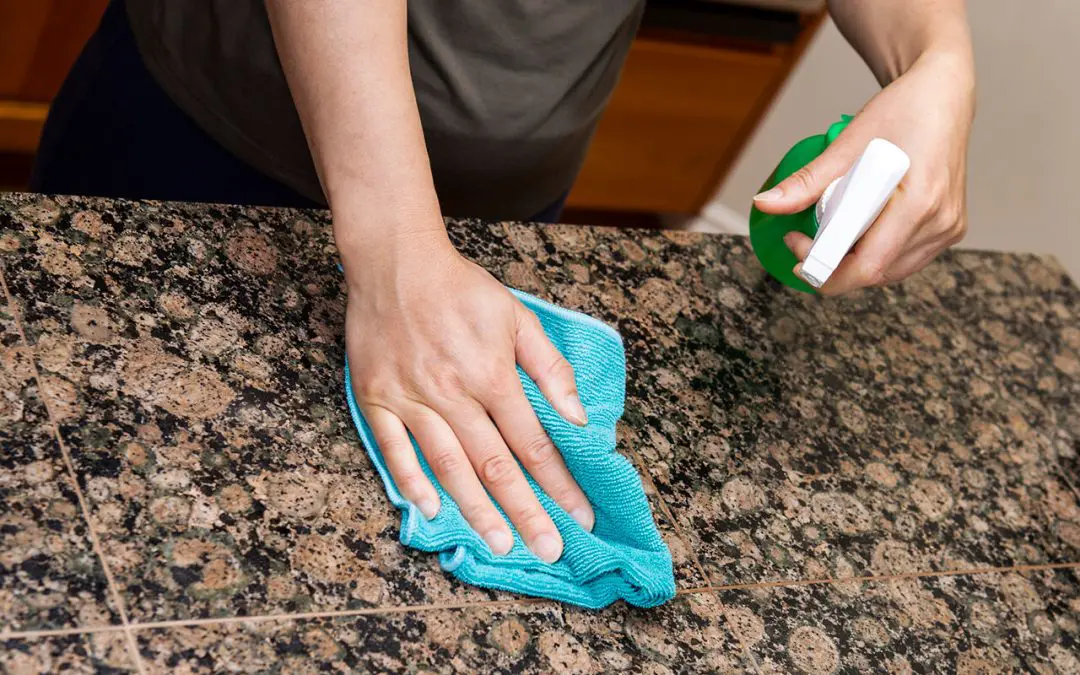Homes are meant to be safe havens, but many contain invisible hazards that could affect your health and well-being. From cleaning products to building materials, the chemicals in your home may be more common and more harmful than you realize. Understanding where these substances are found and how to minimize their impact will create a cleaner, healthier environment for your family.
Common Sources of Chemicals in Your Home
Every day life introduces a surprising number of chemicals into the home. Cleaning supplies often contain harsh solvents, bleach, and ammonia that irritate skin, eyes, and lungs. Air fresheners and scented candles may release volatile organic compounds (VOCs), affecting indoor air quality. Even furniture and flooring may off-gas chemicals from adhesives, finishes, and synthetic materials.
In addition to manufactured products, chemicals enter through pesticides used in gardens or on pets and contaminated dust that settles on surfaces. While these sources may seem harmless in small amounts, repeated and prolonged exposure will contribute to health issues over time.
How Chemicals Affect Indoor Air Quality
Indoor air quality plays a major role in the comfort and health of a household. Poor ventilation allows airborne chemicals to linger, which could lead to headaches, respiratory irritation, and allergic reactions. In homes with pets, mold, or tobacco use, chemical levels may be even higher due to additional pollutants. Airborne chemicals often come from unexpected places, like pressed wood products, carpets, and even freshly painted walls. When combined with humidity or heat, these items may release chemicals more quickly, increasing the potential for exposure.
Reducing Chemicals in Your Home Through Smart Product Choices
One of the most effective ways to reduce harmful substances indoors is by being selective about the products you bring into your home. Many companies now offer eco-friendly cleaning products, low-VOC paints, and natural air fresheners made from essential oils. Checking product labels for harmful ingredients and researching safer alternatives makes a big difference.
To reduce formaldehyde exposure, opt for solid wood furniture instead of pressed wood, and choose natural fibers like cotton or wool over synthetics whenever possible. Consider non-toxic alternatives or integrated pest management practices that limit chemical use for pest control.
Cleaning and Maintenance Tips
Regular cleaning will help minimize chemical buildup, but the methods you use matter. Dusting with a damp cloth, vacuuming with a HEPA filter, and washing linens in fragrance-free detergents all reduce irritants in the air. Keeping ventilation systems clean and changing HVAC filters on schedule helps prevent chemical particles from circulating throughout the house.
Natural cleaning solutions, such as vinegar and baking soda, may be just as effective as store-bought products without introducing additional chemicals into your living space. When using necessary chemical cleaners, follow directions carefully, use them in well-ventilated areas, and store them securely away from children and pets.
Long-Term Strategies for Minimizing Chemicals in Your Home
In addition to daily habits, there are bigger steps you can take to ensure a healthier home. Upgrading ventilation systems, adding air purifiers, and maintaining proper humidity will reduce indoor chemical concentrations. If you’re planning renovations, choosing materials certified for low emissions will have a lasting impact on air quality.
A professional indoor air quality test will identify specific chemicals in your home and guide you toward targeted improvements. This proactive approach helps prevent long-term exposure and provides peace of mind.
FAQs
What are VOCs, and why should I care about them?
VOCs, or volatile organic compounds, are chemicals that easily evaporate into the air, often from household products and building materials. They may cause short-term symptoms like headaches and dizziness; long-term exposure may lead to more serious health issues.
Is it possible to eliminate all chemicals from my home?
While it’s nearly impossible to remove every single chemical, you will significantly reduce exposure through informed product choices, proper ventilation, and regular cleaning habits.
Do natural cleaning products work as well as chemical ones?
Yes, in many cases, natural cleaning products are just as effective, especially for everyday cleaning. A combination of natural and targeted chemical cleaners appropriately used for tough jobs can be both safe and effective.
How can I tell if my furniture or flooring contains harmful chemicals?
Check manufacturer labels and request safety data sheets when possible. Look for certifications like GREENGUARD or CARB compliance, which indicate lower chemical emissions.
What are some natural alternatives to reduce chemicals in my home?
Switching to natural cleaning products like vinegar, baking soda, and lemon juice will help reduce harmful chemicals in your home.
AWP Home Inspections offers professional home inspection services in West Central and Central Indiana. Contact us to request an appointment.

